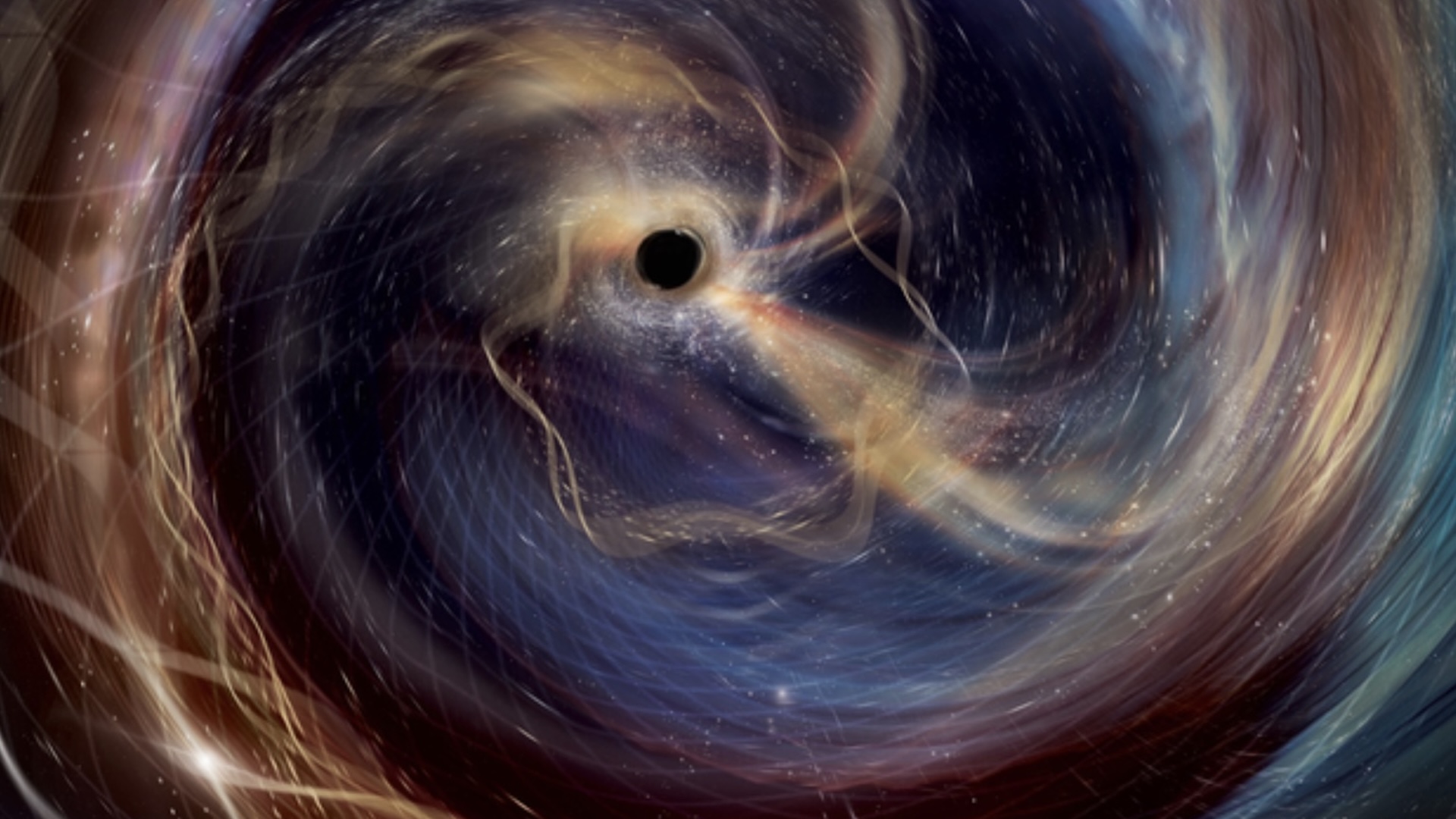Images: Amazing Artifacts from a Java Sea Shipwreck
Lost Ship
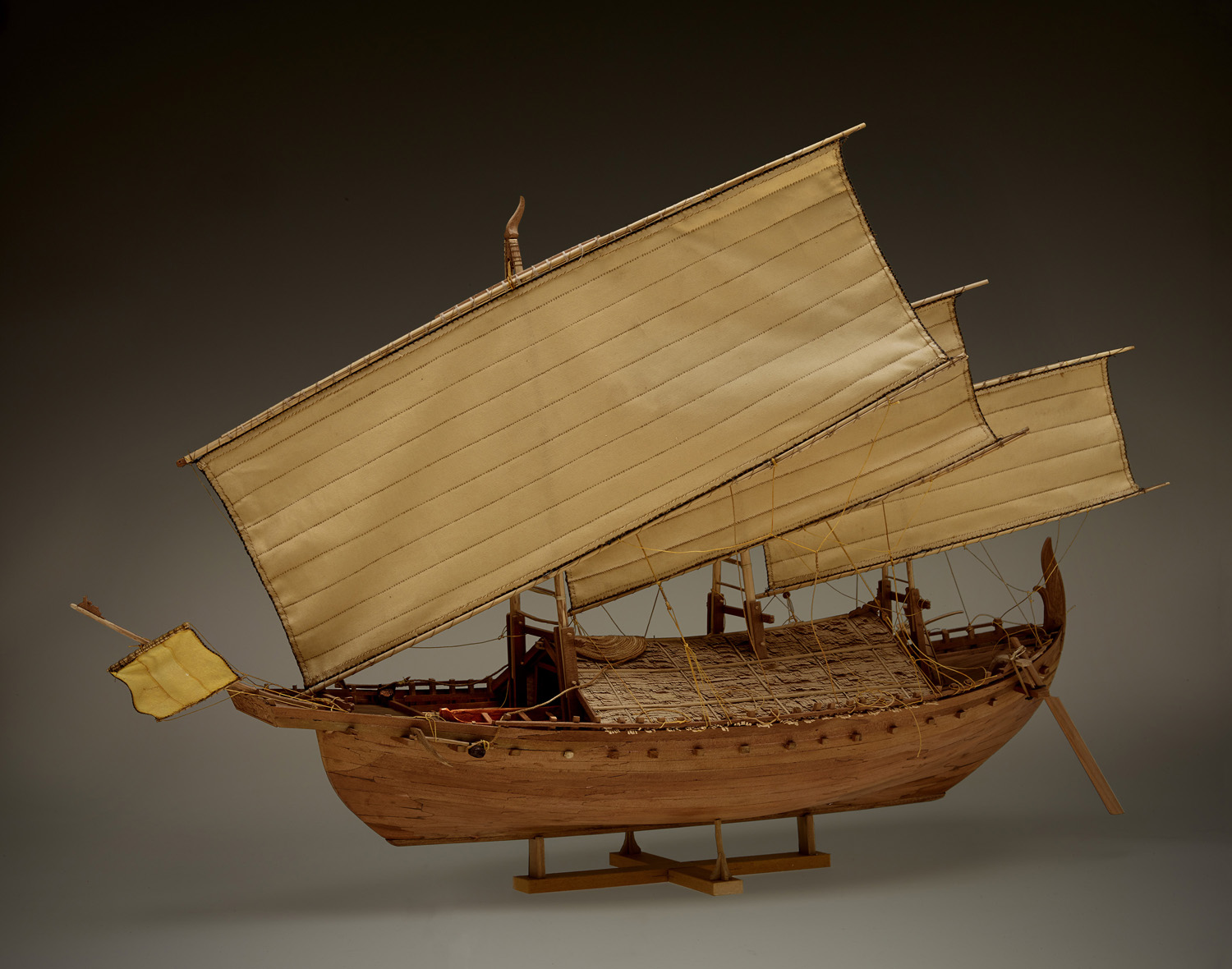
In the 1980s, fisherman in the Java Sea discovered the remnants of a shipwreck that would have looked much like this model in its glory days. The ship, a merchant vessel thought to have gone down in the late 1200s, more likely sank in the second half of the 1100s, according to new research. [Read more about the Java Sea shipwreck]
Key evidence
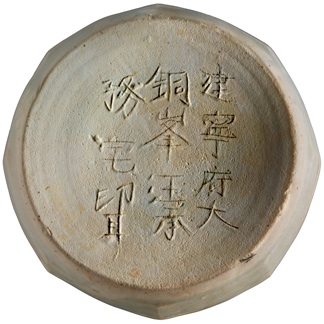
One of the keys to cracking the date of the shipwreck was this inscription on the bottom of a ceramic box found in the wreckage. The inscription mentions Jianning Fu, a name for an administrative region in southern China that was only used from 1162 to 1278. After 1278, the name of the region was changed to Jianning Lu, but that single consonant narrowed down the possible dates for the ship and its cargo.
Ceramic Style
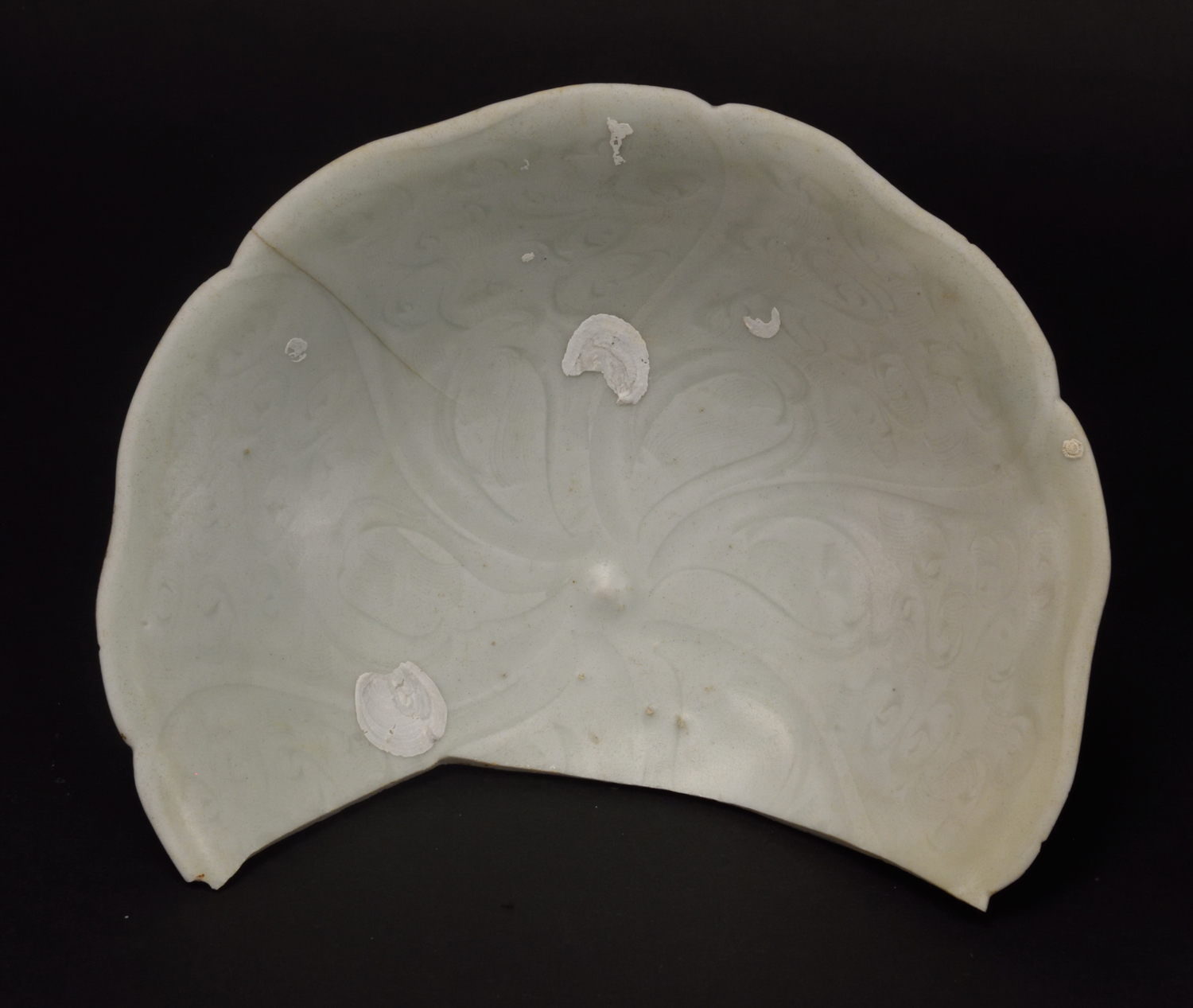
A glazed ceramic bowl provides another clue that the Java Sea Shipwreck went down earlier than previously believed. This type of bowl has also been found in Sarawak, Malaysia, dating back to somewhere between the tenth and twelfth centuries.
Resin block
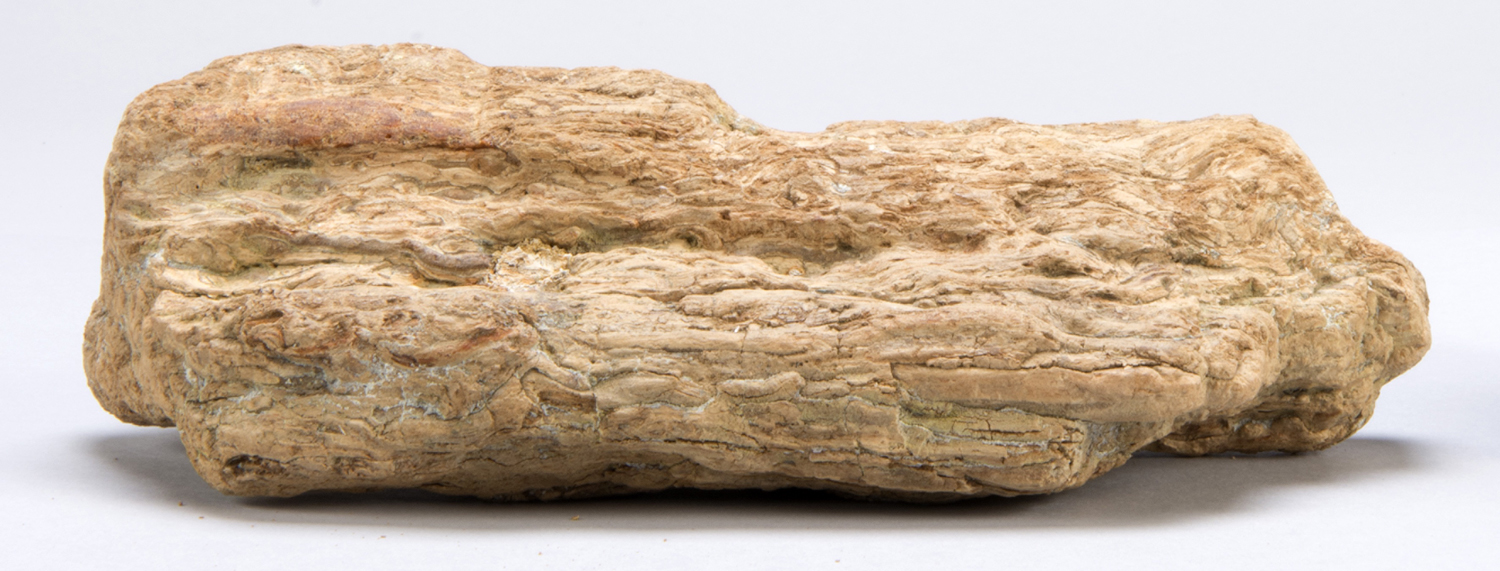
Using state-of-the-art methods, researchers radiocarbon dated this aromatic resin found in the shipwreck's cargo. When the corky outer shell is peeled away, dark, glassy resin is found underneath, still holding a faint odor even after centuries under the waves. The radiocarbon dating provided further evidence that the ship sank before the 1200s.
Elephant tusk
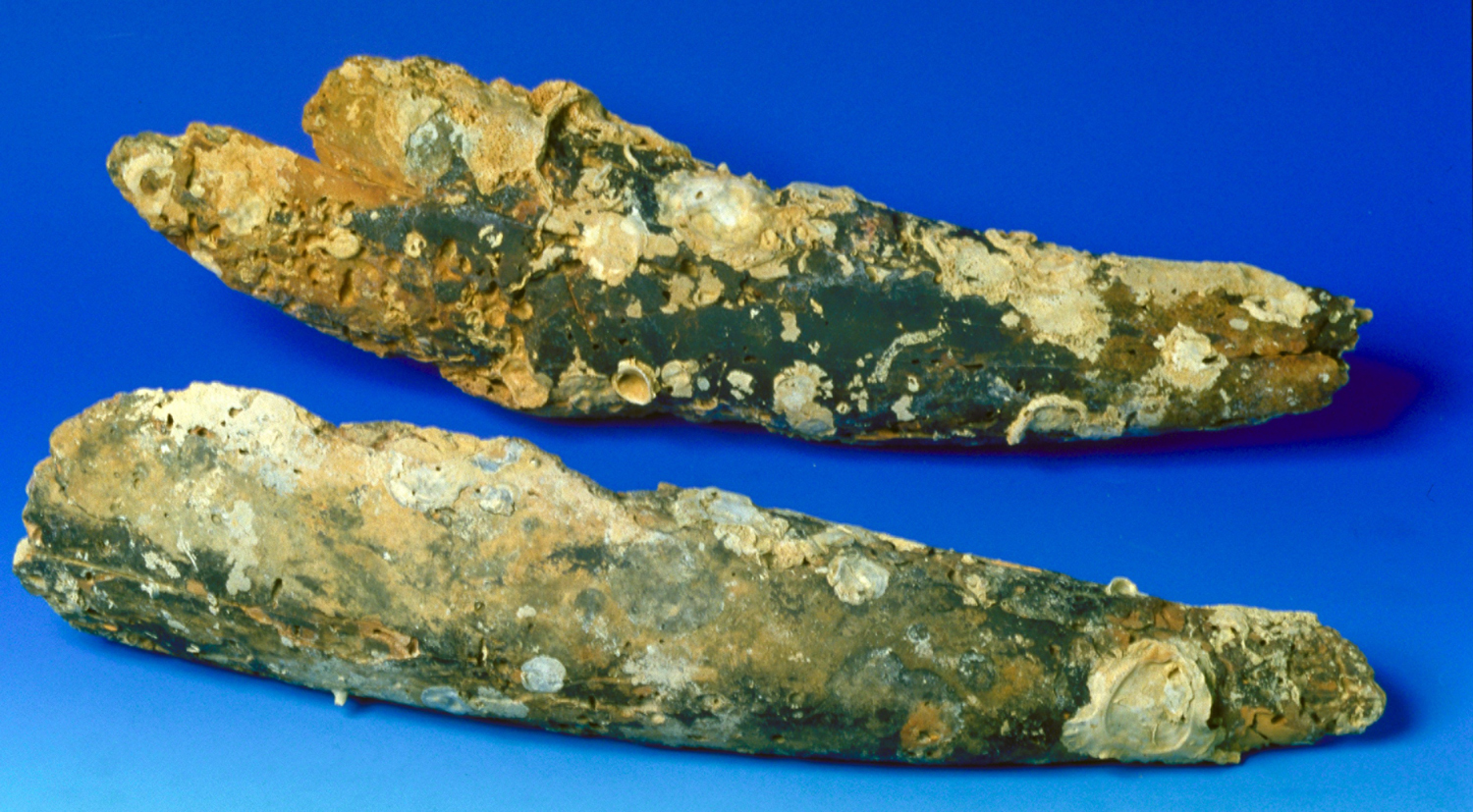
Among the ship's cargo were 16 pieces of elephant tusk, two of which the researchers had radiocarbon dated. These dates also suggested an earlier timing for the shipwreck. Researchers hope to test the DNA sequences of these tusks to figure out where they originated.
Site of the wreckage
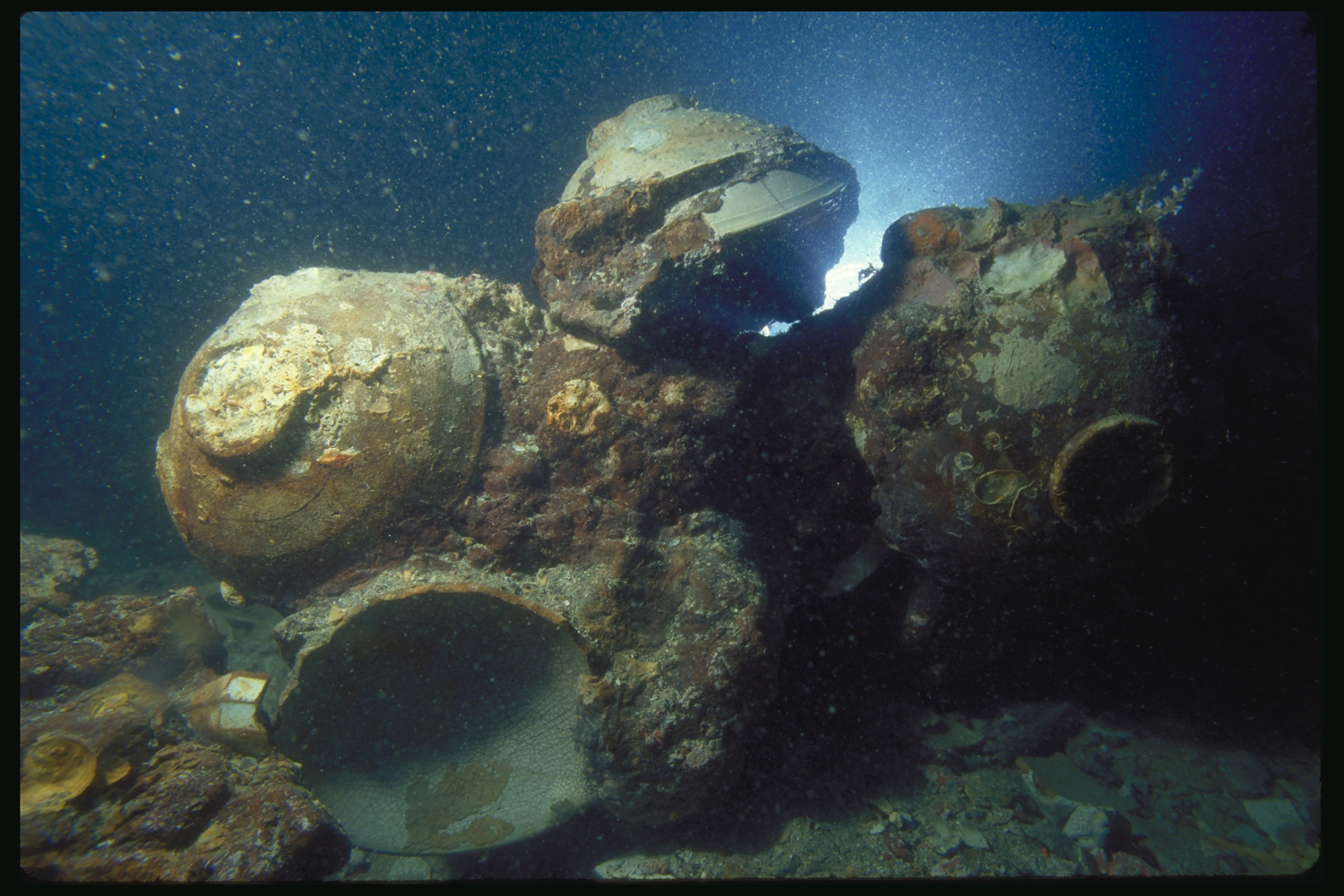
Some of the many ceramic bowls found in the Java Sea Shipwreck, photographed on the ocean floor. The wreck was salvaged in 1996 by the private company Pacific Sea Resources. The company was contractually obligated to donate half the artifacts to the Indonesian government. The other half, it voluntarily donated to Chicago's Field Museum, providing an unusually complete look at a wreck from this era of Southeast Asia.
Rich load
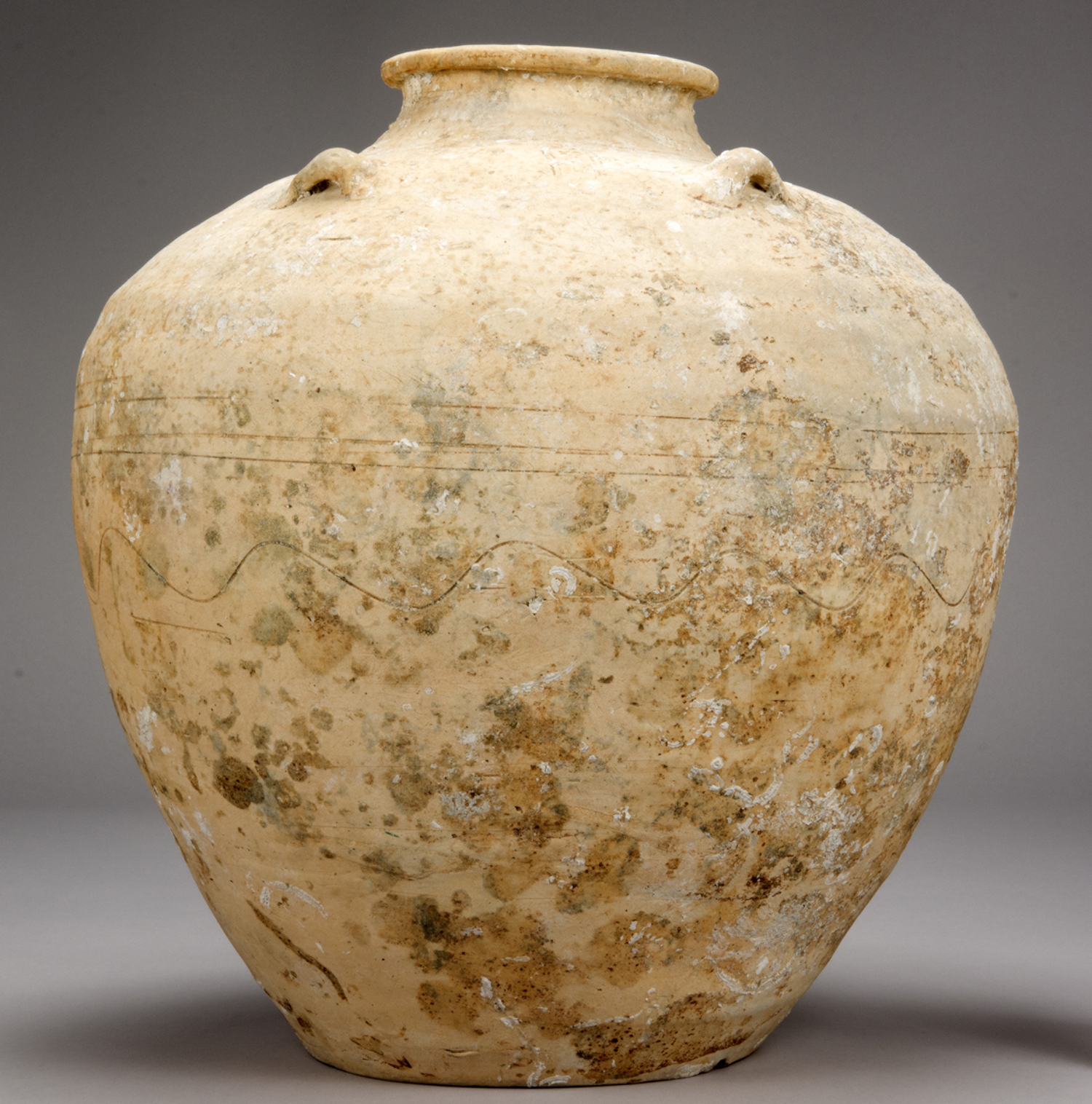
A storage jar found in the Java Sea Shipwreck. Jars like this would have held perishable goods such as pickled vegetables, spices, tea leaves or fish sauce, according to the Field Museum. Beside ceramics, perishables, elephant tusks and resin, the Java Sea Shipwreck also carried some 200 tons of cast iron goods.
Get the world’s most fascinating discoveries delivered straight to your inbox.
Preparing a sample
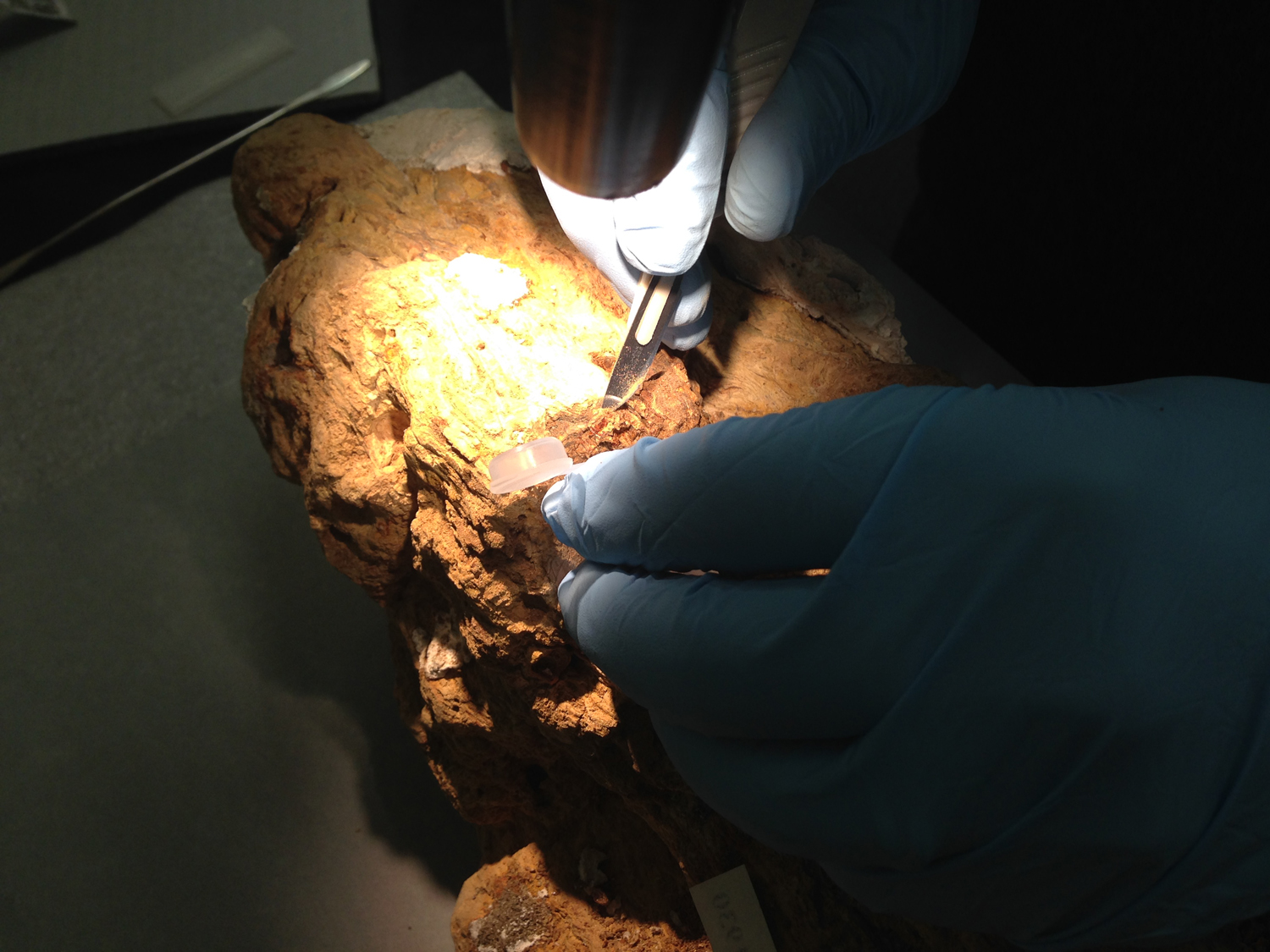
The gloved hands of Field Museum conservator J.P. Brown are seen in this photo as Brown removes a small amount of material from an aromatic resin block found in the Java Sea Shipwreck. A piece of the outer layer of the block, which had been in contact with seawater, had to be carefully stripped away to reveal the untouched material inside.
Life on a shipwreck
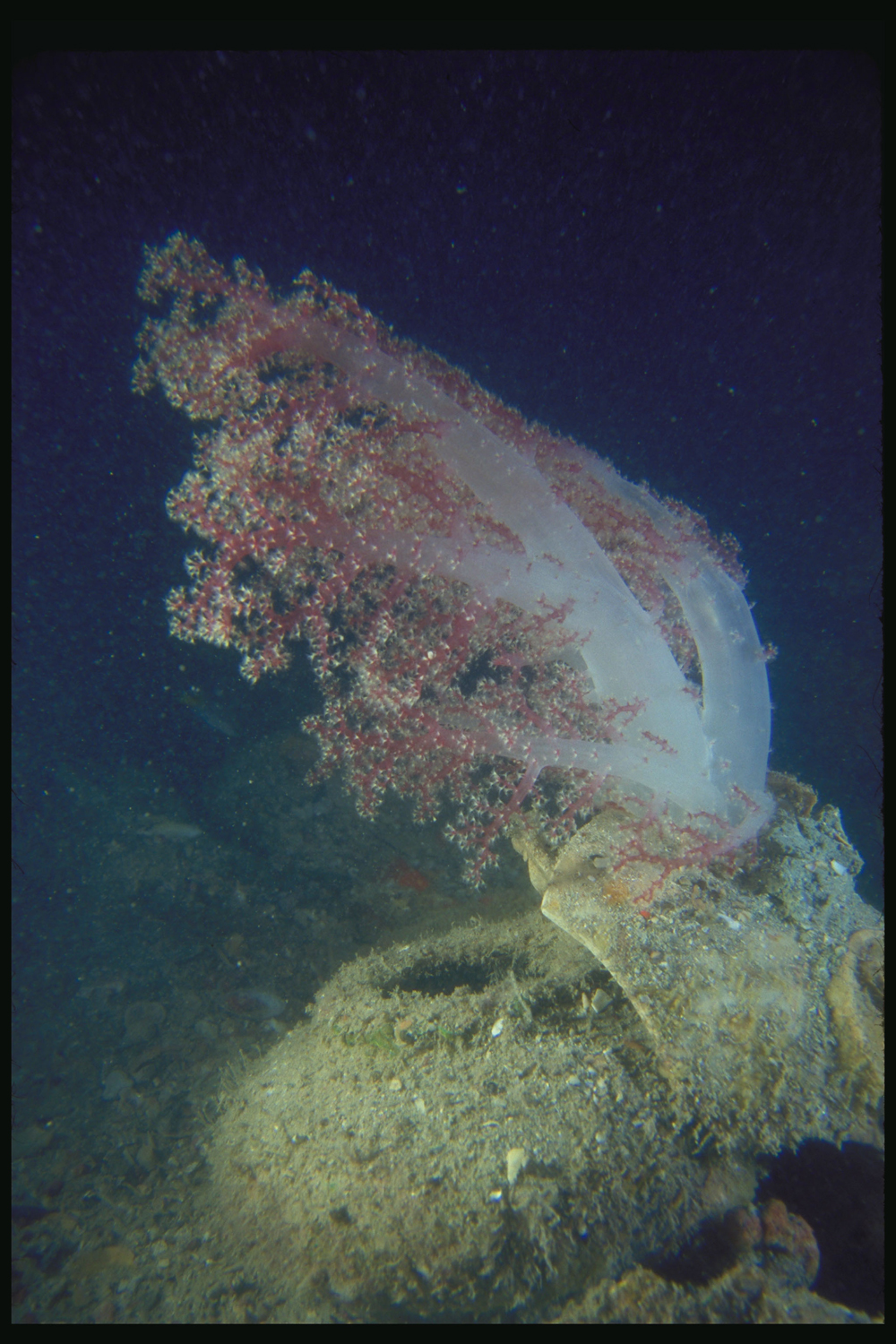
Sealife finds a home on a ceramic storage jar at the site of the Java Sea Shipwreck. Most of the wood of the wreck had moldered away by the time of its discovery, leaving behind the more robust cargo.
Cleaned-up Cargo
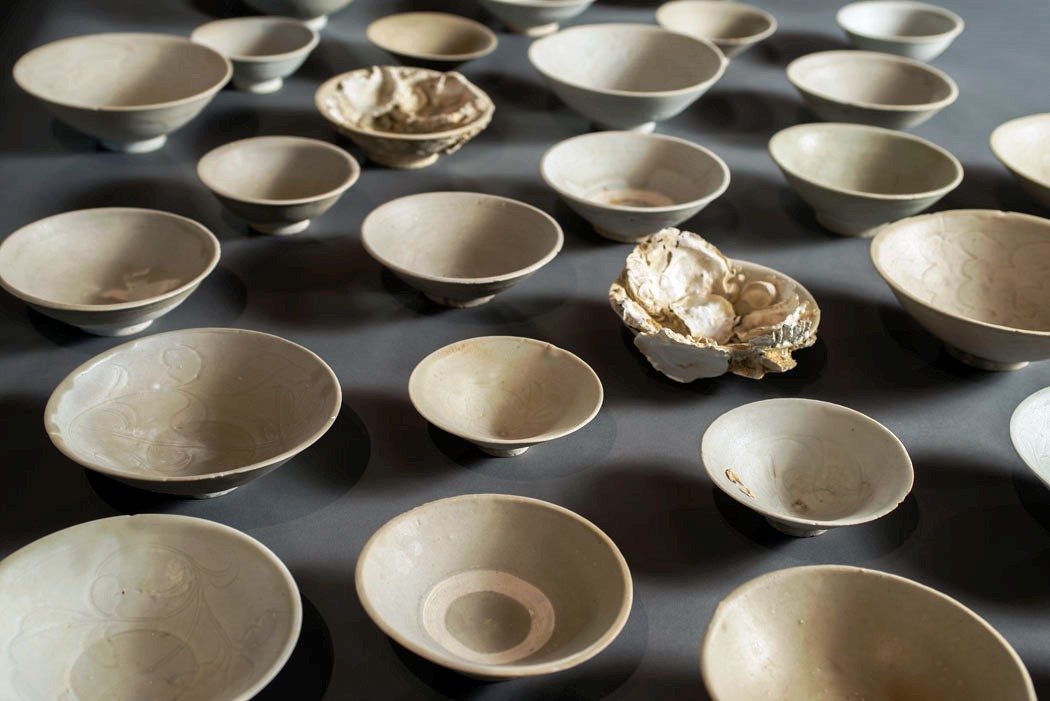
Some of the Chinese ceramic bowls from the Java Sea Shipwreck, now cleaned up and in the possession of the Field Museum. As a next step, researchers hope to analyze the elements in these ceramics and compare them to archaeological kiln sites in China. The goal is to find out where the ceramics were produced, providing a fuller picture of the web of trade that connected Southeast Asia in the 1100s.

Stephanie Pappas is a contributing writer for Live Science, covering topics ranging from geoscience to archaeology to the human brain and behavior. She was previously a senior writer for Live Science but is now a freelancer based in Denver, Colorado, and regularly contributes to Scientific American and The Monitor, the monthly magazine of the American Psychological Association. Stephanie received a bachelor's degree in psychology from the University of South Carolina and a graduate certificate in science communication from the University of California, Santa Cruz.
